Home>Furniture>Outdoor Furniture>How Far To Space Trex Decking
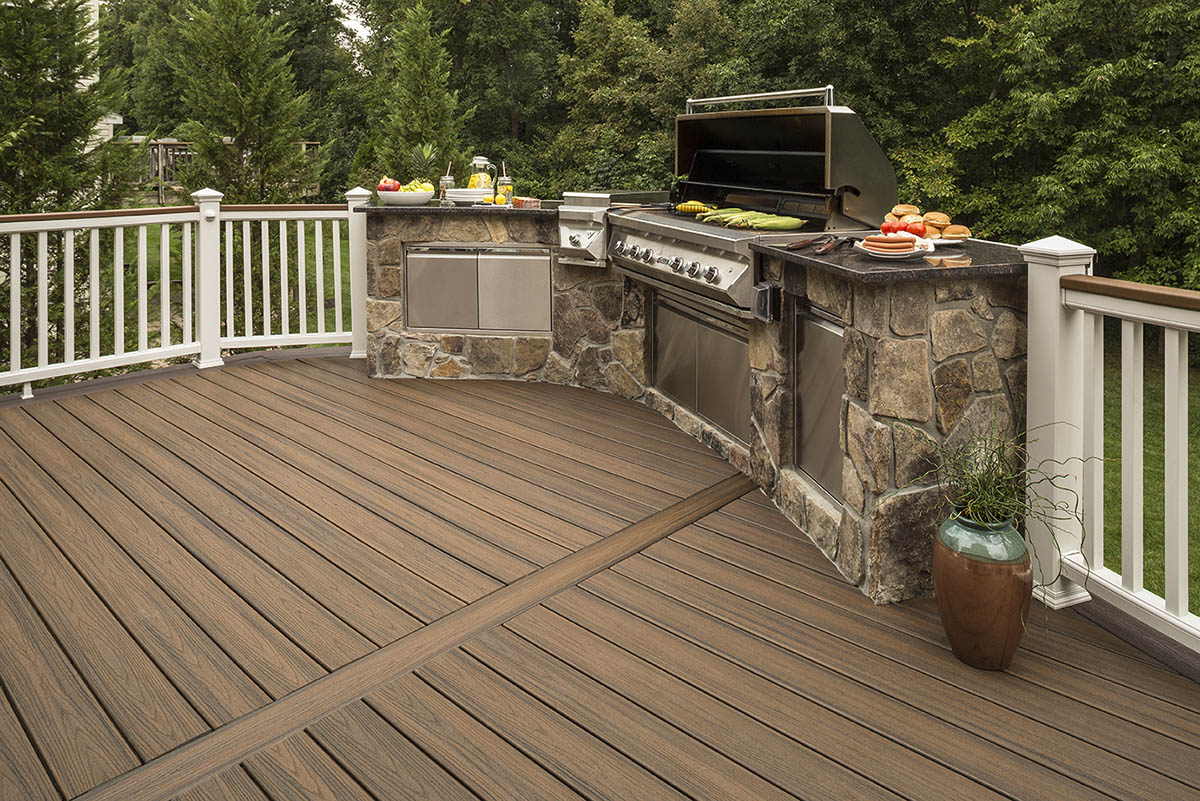

Outdoor Furniture
How Far To Space Trex Decking
Modified: March 7, 2024
Find out how far to space your Trex decking for optimal installation. Get expert tips and advice on outdoor furniture spacing to ensure a beautiful and durable deck.
(Many of the links in this article redirect to a specific reviewed product. Your purchase of these products through affiliate links helps to generate commission for Storables.com, at no extra cost. Learn more)
Introduction
Welcome to the exciting world of outdoor furniture! Whether you are a seasoned outdoor enthusiast or just starting to explore the joys of outdoor living, it is important to have the right furniture to make your outdoor space truly special. One key element of outdoor furniture is decking, and when it comes to decking materials, Trex is a name that stands out.
Trex decking is known for its durability, low maintenance, and eco-friendly composition. It is made from a combination of reclaimed wood fibers and recycled plastic. This unique blend creates a decking material that is resistant to rot, mold, and insect damage, making it an excellent choice for outdoor use.
One of the crucial aspects of installing Trex decking is getting the spacing right. Proper spacing is important to allow for air circulation, prevent moisture buildup, and ensure the longevity of your deck. In this article, we will explore the factors to consider when spacing Trex decking and provide recommendations to help you achieve the perfect deck for your outdoor oasis.
Key Takeaways:
- Proper spacing is crucial for Trex decking to accommodate expansion, prevent moisture buildup, and ensure a visually appealing deck. Consider climate factors and follow safety guidelines for a durable and safe outdoor oasis.
- Regular cleaning and maintenance, along with following installation tips and safety guidelines, will help preserve the appearance and integrity of your Trex decking. Prioritize safety and enjoy a beautiful outdoor space.
Read more: How Far Apart Are Joists For Trex Decking
Factors to Consider
When determining the spacing for your Trex decking, it is important to take several factors into consideration. These factors will help ensure that your deck not only looks aesthetically pleasing but also performs well and stands the test of time.
- Expansion and Contraction: Trex decking, like any other composite material, expands and contracts with changes in temperature and humidity. It is crucial to provide enough spacing to accommodate this movement and prevent any buckling or warping of the boards. Failing to allow for expansion and contraction may result in an uneven and unstable deck.
- Moisture Drainage: Proper spacing between the decking boards is essential to allow for adequate drainage of rainwater or other liquids. Without sufficient gaps, water can accumulate on the surface, leading to moisture damage, rot, and mold growth. A well-spaced deck ensures that water can flow freely, keeping your deck dry and preventing potential issues.
- Air Circulation: Similar to moisture drainage, proper spacing allows for better air circulation. Adequate airflow helps reduce moisture buildup on the underside of the decking, minimizing the risk of decay and extending the lifespan of the boards.
- Aesthetics: The spacing between your Trex decking boards also plays a role in the overall appearance of your deck. The right spacing creates a visually appealing pattern and allows for seamless transitions between boards. Carefully considering the size and style of your decking boards, as well as the desired pattern or layout, will help determine the optimal spacing.
- Building Codes: It is important to check local building codes and regulations regarding deck construction and spacing requirements. Certain jurisdictions may have specific guidelines that you need to adhere to. Be sure to consult with a professional or local authorities to ensure your deck meets all necessary requirements.
By taking these factors into account, you will be well-equipped to determine the appropriate spacing for your Trex decking that aligns with both practicality and design. Let’s move on to the next section to explore the recommended spacing for Trex decking.
Recommended Spacing for Trex Decking
When it comes to spacing Trex decking boards, the general guideline is to leave a 1/8-inch gap between each board. This spacing allows for expansion and contraction of the boards due to temperature and moisture fluctuations.
For the best results, it is recommended to use a spacing tool or a jig specifically designed for installing composite decking. These tools help ensure consistent and accurate spacing between boards.
In addition to the gap between boards, it is also important to leave a 3/16-inch gap between the ends of the decking boards and any solid structure, such as a house or railing post. This gap allows for proper drainage and helps prevent water from pooling against the structure, which can lead to damage over time.
Keep in mind that the recommended spacing may vary depending on the specific Trex decking product you are using. It is always advisable to consult the manufacturer’s installation instructions and guidelines for the particular product to ensure you are following the recommended spacing and installation requirements.
Proper spacing not only allows for the necessary movement of the decking boards but also helps maintain the structural integrity of your deck. It promotes proper drainage and ventilation, reducing the risk of moisture-related issues and improving the overall performance and longevity of your Trex deck.
Now that we have covered the recommended spacing, let’s move on to discussing some climate considerations to keep in mind when spacing your Trex decking.
Climate Considerations
Climate plays a significant role in the spacing of Trex decking because different weather conditions can impact the deck’s performance and longevity. It is important to consider the following climate-specific factors when spacing your Trex decking:
- Humidity: In high-humidity environments, it is crucial to leave adequate spacing between the boards to allow for proper ventilation and airflow. This helps prevent moisture buildup and reduces the risk of mold and mildew growth. Extra spacing may be needed in areas with consistently high humidity levels.
- Temperature Fluctuations: Extreme temperature changes can cause the decking boards to expand or contract. By leaving a proper gap between the boards, you allow for natural expansion and contraction without compromising the structural integrity of your deck. This is especially important in regions with significant temperature swings throughout the year.
- Freezing Conditions: If you live in an area where freezing temperatures are common, it is advisable to space your Trex decking boards slightly farther apart. This additional spacing accommodates the expansion of the boards when they freeze, reducing the risk of damage or warping.
- Direct Sun Exposure: If your deck is exposed to direct sunlight for extended periods, it can lead to increased heat absorption and subsequent expansion of the decking boards. Providing sufficient spacing allows for proper air circulation, which helps dissipate heat and prevent any potential issues caused by excessive expansion.
- Proximity to Water: If your deck is located near bodies of water, such as lakes, rivers, or the ocean, increased moisture exposure should be taken into account. Accommodate for this by leaving ample spacing between the boards to prevent water buildup and promote quick drying.
Considering the climate in your specific location is important for determining the ideal spacing for your Trex decking. By taking climate-related factors into account, you can ensure that your deck is properly spaced to withstand the elements and maintain its structural integrity for years to come.
Now that we have covered climate considerations, let’s discuss some important safety guidelines to keep in mind during the installation process.
When spacing Trex decking, use a 1/8 inch gap between boards for drainage and expansion. This will help prevent warping and ensure proper installation.
Important Safety Guidelines
When it comes to installing Trex decking, prioritizing safety is crucial. Here are some important safety guidelines to keep in mind during the installation process:
- Use Protective Gear: Prior to starting any installation work, ensure that you are wearing appropriate safety gear, including safety glasses, gloves, and sturdy footwear. This protective gear will help safeguard you from potential injuries and hazards.
- Follow Manufacturer’s Instructions: It is essential to carefully read and follow the manufacturer’s installation instructions and guidelines provided by Trex. These instructions will provide specific details on proper installation techniques, fasteners to use, and other important considerations. Adhering to these instructions will help ensure a safe and successful installation.
- Secure the Substructure: Before installing the Trex decking boards, make sure that the substructure is structurally sound and properly secured. This includes checking the integrity of the joists, supports, and any other components that form the foundation of your deck. A sturdy substructure is essential for the safety and longevity of your deck.
- Check for Proper Ventilation: Ensure that your deck has proper ventilation to prevent moisture buildup. Adequate ventilation helps prevent issues such as mold, rot, and decay. Double-check that any ventilation systems, such as ventilation gaps or fans, are properly installed and functioning effectively.
- Use the Correct Fasteners: Always use the recommended fasteners specified by Trex to ensure proper installation and structural integrity. Using the wrong type of fasteners can compromise the strength of the deck and pose a safety risk. Consult the manufacturer’s guidelines to determine the appropriate fasteners for your particular Trex decking product.
- Exercise Caution with Power Tools: If you are using power tools during the installation process, exercise caution and follow all safety guidelines. Ensure that you are familiar with the proper operation of the tools and that they are in good working condition. Take appropriate safety measures, such as wearing protective eyewear and using tools with safety guards.
Remember, safety should always be a top priority when installing Trex decking. By following these guidelines, you can minimize risks and create a safe environment for yourself and others during the installation process.
Now that we have covered important safety guidelines, let’s move on to some helpful tips for the installation of Trex decking.
Read more: How Far Can Trex Decking Overhang
Trex Decking Installation Tips
Installing Trex decking requires careful planning and attention to detail. Here are some helpful tips to ensure a successful installation:
- Plan the Layout: Before starting the installation, take the time to carefully plan the layout of your deck. Consider factors such as the dimensions of your space, any obstacles or features to work around, and the desired pattern or design. Having a well-thought-out plan will make the installation process smoother and help you achieve the desired end result.
- Allow for Expansion and Contraction: As mentioned earlier, Trex decking expands and contracts with temperature and humidity changes. When installing the boards, make sure to leave the recommended gap between each one and at the ends of the boards. Using a spacer or jig will help ensure consistent spacing throughout the installation.
- Pre-drill for Screw Placement: To ensure clean and precise screw placement, pre-drill the holes for the screws. This will help prevent splitting and ensure a secure attachment. Follow the manufacturer’s guidelines for recommended drill bit sizes and hole spacing.
- Use Stainless Steel or Coated Fasteners: When attaching the decking boards, use screws specifically designed for composite decking. Stainless steel or coated fasteners are recommended to prevent rust and corrosion, which can compromise the integrity of the deck. Avoid using plain steel fasteners, as they can lead to staining and deterioration.
- Maintain Consistent Board Spacing: As you progress with the installation, make sure to maintain a consistent spacing between the boards. This will help achieve a visually appealing and uniform appearance. Regularly check your spacing as you work to ensure consistency throughout the deck.
- Consider Hidden Fastening Options: If you prefer a seamless and clean look for your deck, explore hidden fastening options. Trex offers a range of hidden fastener systems that allow for an attractive, screw-free surface. These systems provide a sleek finish and eliminate the need for visible screw heads.
- Take Regular Breaks: Deck installation can be physically demanding. Remember to take regular breaks, stay hydrated, and pace yourself to avoid fatigue or injuries. It is important to prioritize your well-being during the installation process.
- Consult the Trex Installation Guide: For detailed and specific instructions, consult the official Trex installation guide provided by the manufacturer. The guide provides step-by-step instructions, tips, and important considerations for successfully installing Trex decking.
By following these installation tips, you can ensure a smooth and efficient installation process, resulting in a beautiful and durable Trex decking that you can enjoy for years to come.
Now let’s move on to discussing the maintenance and cleaning of Trex decking.
Maintenance and Cleaning of Trex Decking
One of the many advantages of Trex decking is its low-maintenance nature. However, regular cleaning and basic maintenance will help keep your deck looking its best. Here are some tips for maintaining and cleaning your Trex decking:
- Sweep Regularly: Remove debris, leaves, and dirt from your deck by sweeping it regularly. This helps prevent buildup and keeps the surface clean and free of potential stains or marks.
- Address Spills Immediately: If any spills occur on your deck, clean them up promptly to prevent staining. Use a mild household cleaner or soap and water to gently scrub away any spills or stains. Avoid using harsh chemicals or abrasive cleaners, as they can damage the surface of the decking.
- Avoid Pressure Washing: While Trex decking is resistant to mold and mildew, excessive pressure washing can potentially damage the surface or strip away protective coatings. Instead, use a garden hose or a gentle power wash setting to rinse away dirt and grime.
- Prevent Scratches: To avoid scratches, place mats or protective pads under outdoor furniture and grill equipment. Regularly check the bottoms of furniture for any sharp edges or rough spots that could potentially scratch the decking surface.
- Prevent Fading: Trex decking is designed to resist fading, but it’s still a good idea to minimize prolonged exposure to direct sunlight. Consider using shade structures or outdoor umbrellas to provide shade and protect your deck from excessive UV exposure.
- Remove Snow and Ice Carefully: If you live in an area that experiences snow and ice during the winter, avoid using metal shovels or sharp tools to remove them from your deck. Instead, use a plastic shovel or a broom with non-abrasive bristles to gently remove the snow or ice without damaging the surface.
- Periodic Cleaning: While regular sweeping and spot cleaning are usually sufficient, periodic deep cleaning can be beneficial. Trex recommends using a mild detergent, warm water, and a soft-bristle brush or sponge. Gently scrub the surface and rinse thoroughly with water.
- Follow Trex’s Care Guidelines: For specific care instructions, refer to the care guide provided by Trex. They offer detailed instructions and recommendations for cleaning and maintaining your specific Trex decking product.
Following these maintenance and cleaning tips will help preserve the appearance and integrity of your Trex decking. With minimal effort, you can ensure that your deck remains a beautiful and inviting space for outdoor enjoyment.
Now let’s conclude with a summary of the key points discussed in this article.
Conclusion
In conclusion, proper spacing is crucial when it comes to installing Trex decking. By considering factors such as expansion and contraction, moisture drainage, air circulation, and local building codes, you can determine the ideal spacing for your deck. The recommended spacing for Trex decking is typically a 1/8-inch gap between boards and a 3/16-inch gap between the ends of the boards and any solid structure.
Climate considerations, such as humidity, temperature fluctuations, freezing conditions, direct sun exposure, and proximity to water, should also be taken into account when spacing your Trex decking. Adapting the spacing to suit your specific climate can help ensure the long-term performance and durability of your deck.
Throughout the installation process, it is essential to prioritize safety by using appropriate protective gear, following the manufacturer’s instructions, securing the substructure, maintaining proper ventilation, and using the correct fasteners. These safety guidelines help create a safe working environment and ensure a stable and secure deck.
Additionally, following installation tips such as planning the layout, pre-drilling for screw placement, maintaining consistent board spacing, and considering hidden fastening options will result in a visually appealing and professionally installed deck.
To keep your Trex decking in optimal condition, regular cleaning and basic maintenance are recommended. Sweeping regularly, addressing spills immediately, avoiding pressure washing, preventing scratches, and periodic deep cleaning will help preserve the appearance and longevity of your deck.
Remember to consult the Trex installation guide and follow their care guidelines for your specific decking product for detailed and specific instructions.
By considering these factors, following the recommended spacing guidelines, prioritizing safety, and implementing maintenance practices, you can enjoy a beautiful and durable Trex decking that enhances your outdoor living experience for years to come.
Frequently Asked Questions about How Far To Space Trex Decking
Was this page helpful?
At Storables.com, we guarantee accurate and reliable information. Our content, validated by Expert Board Contributors, is crafted following stringent Editorial Policies. We're committed to providing you with well-researched, expert-backed insights for all your informational needs.
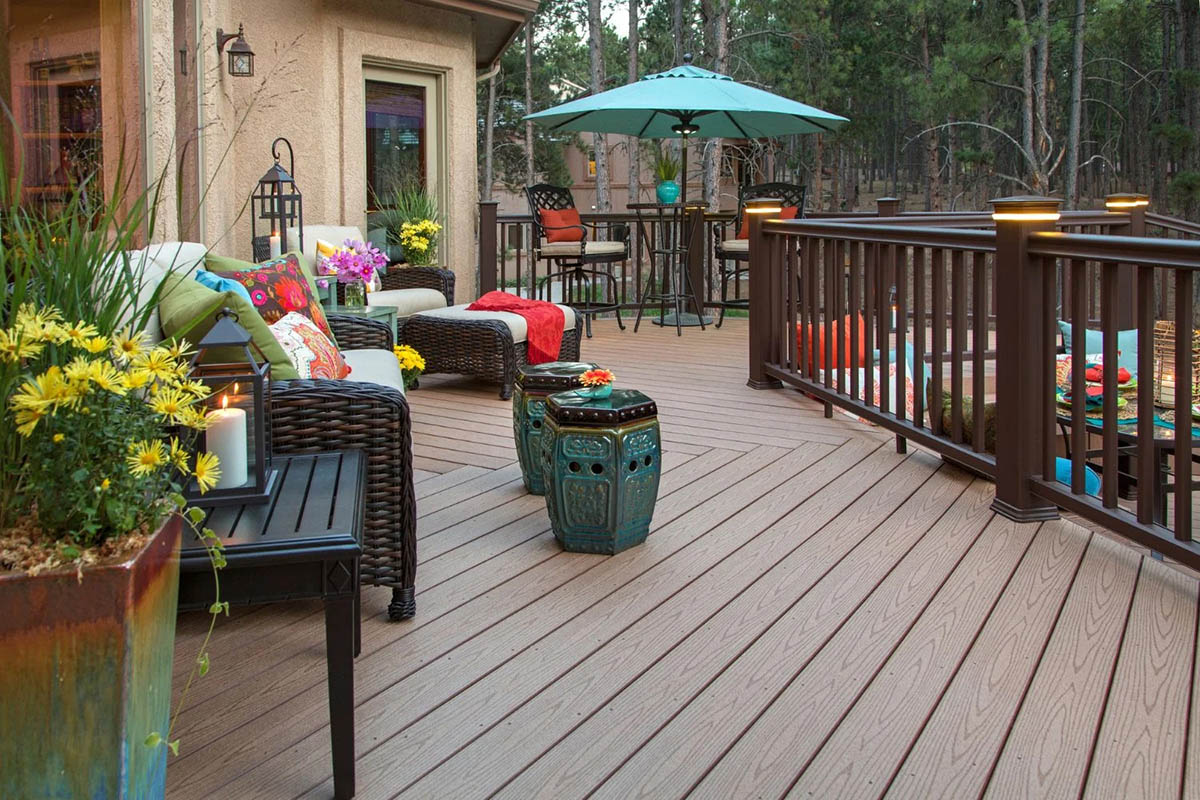
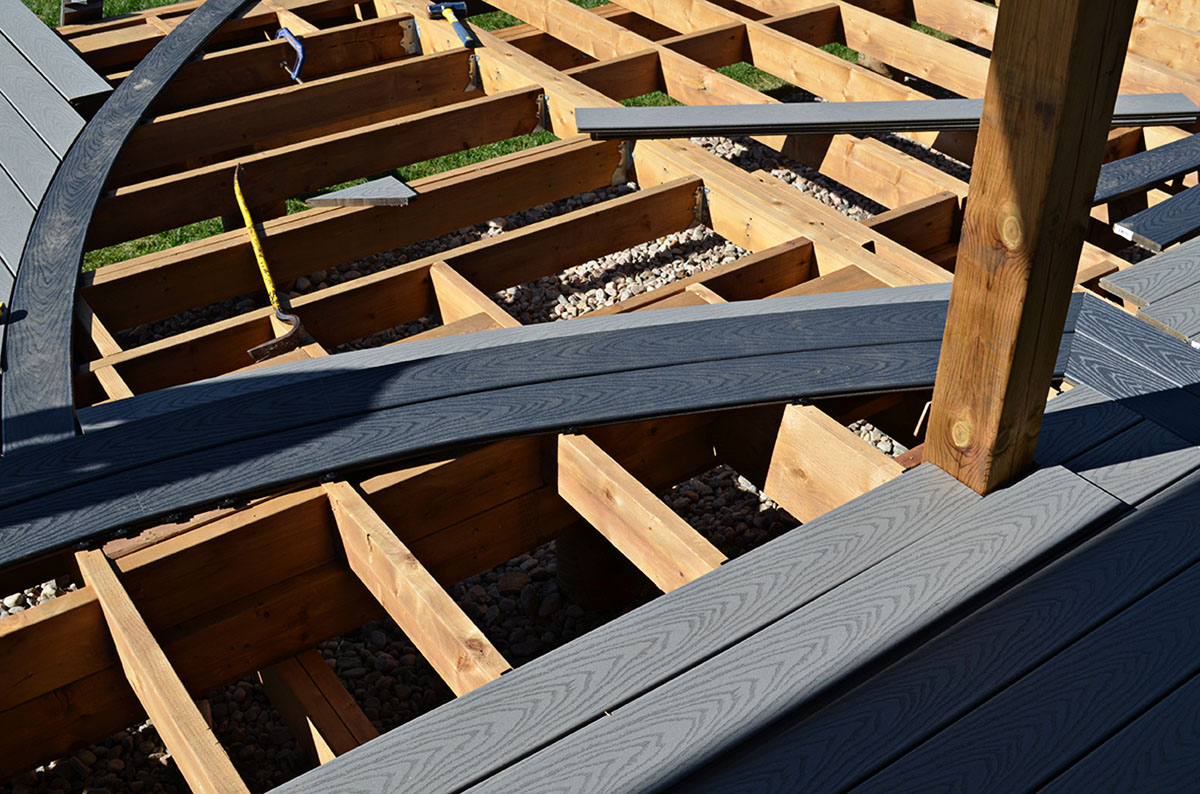
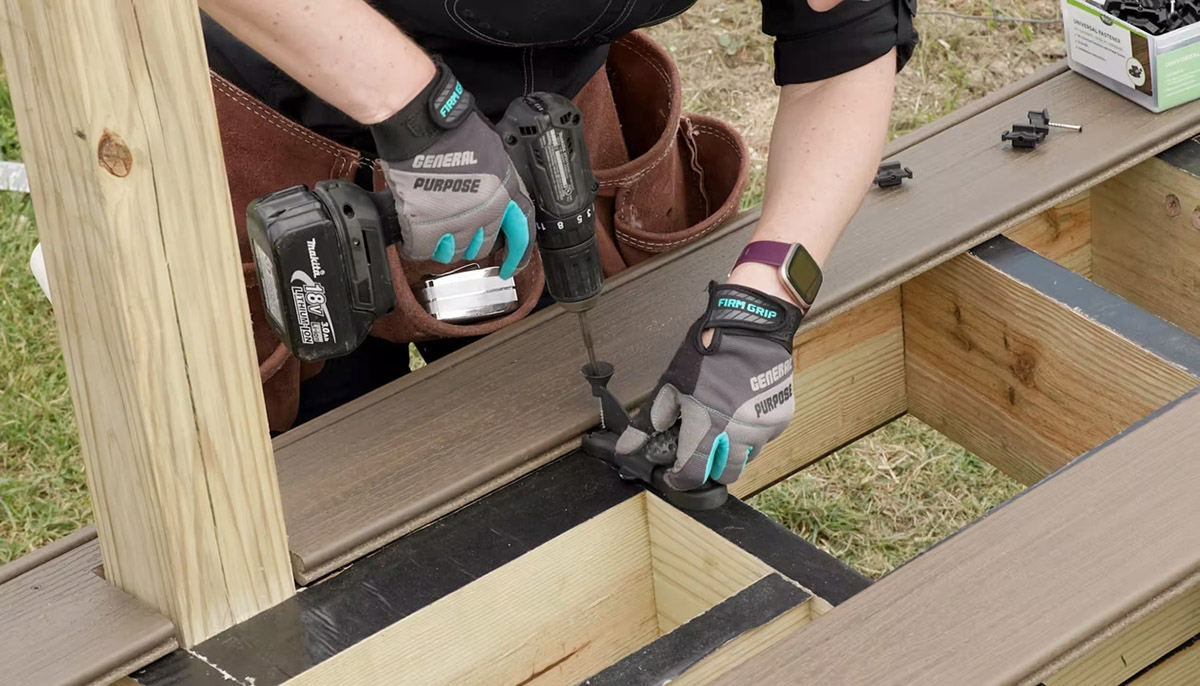
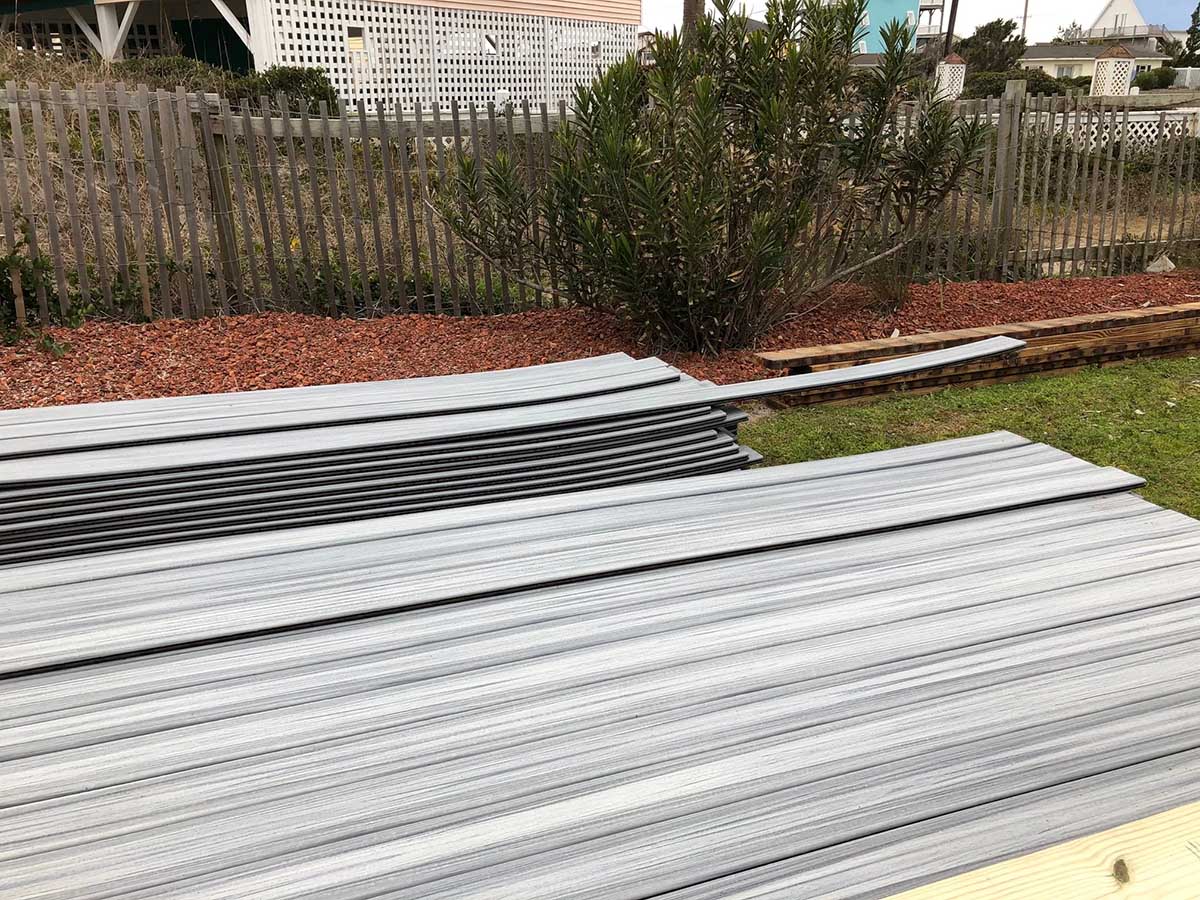
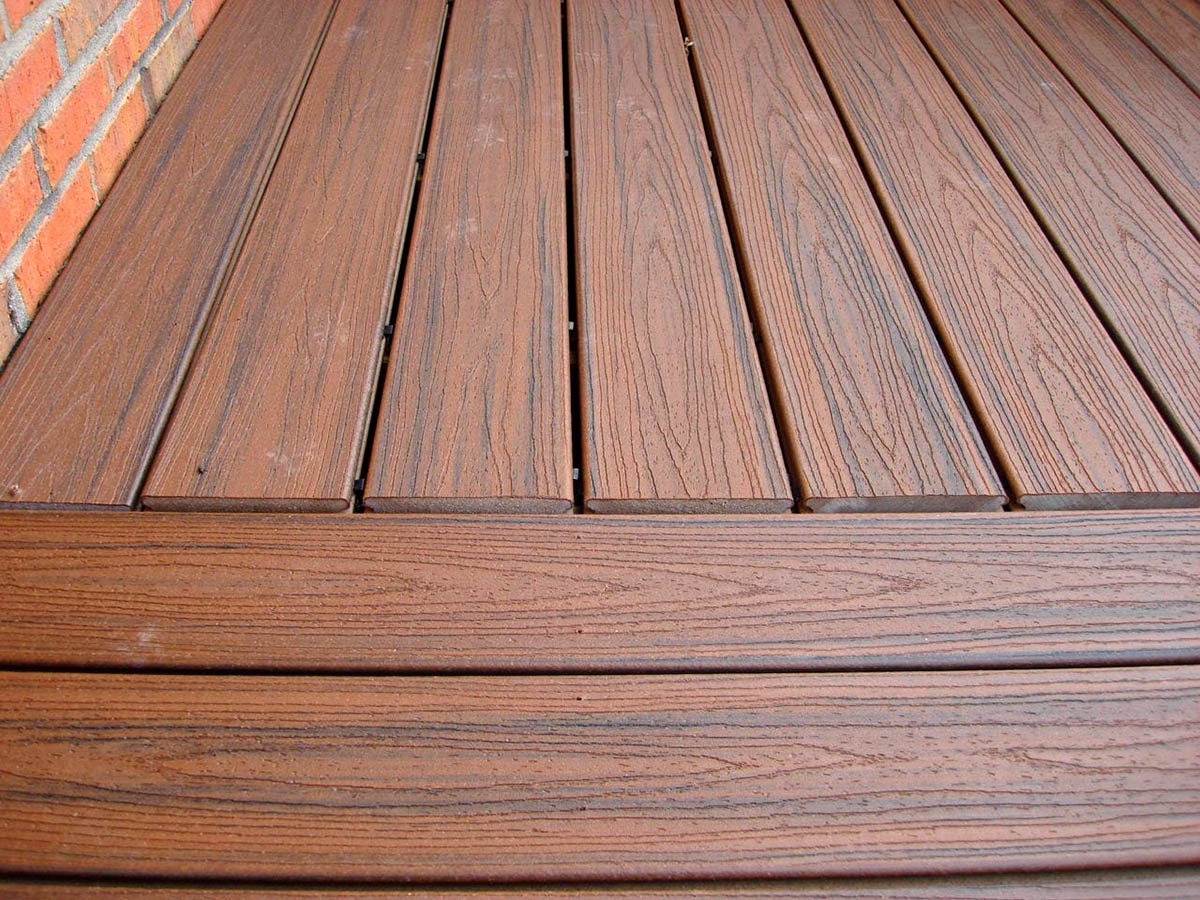
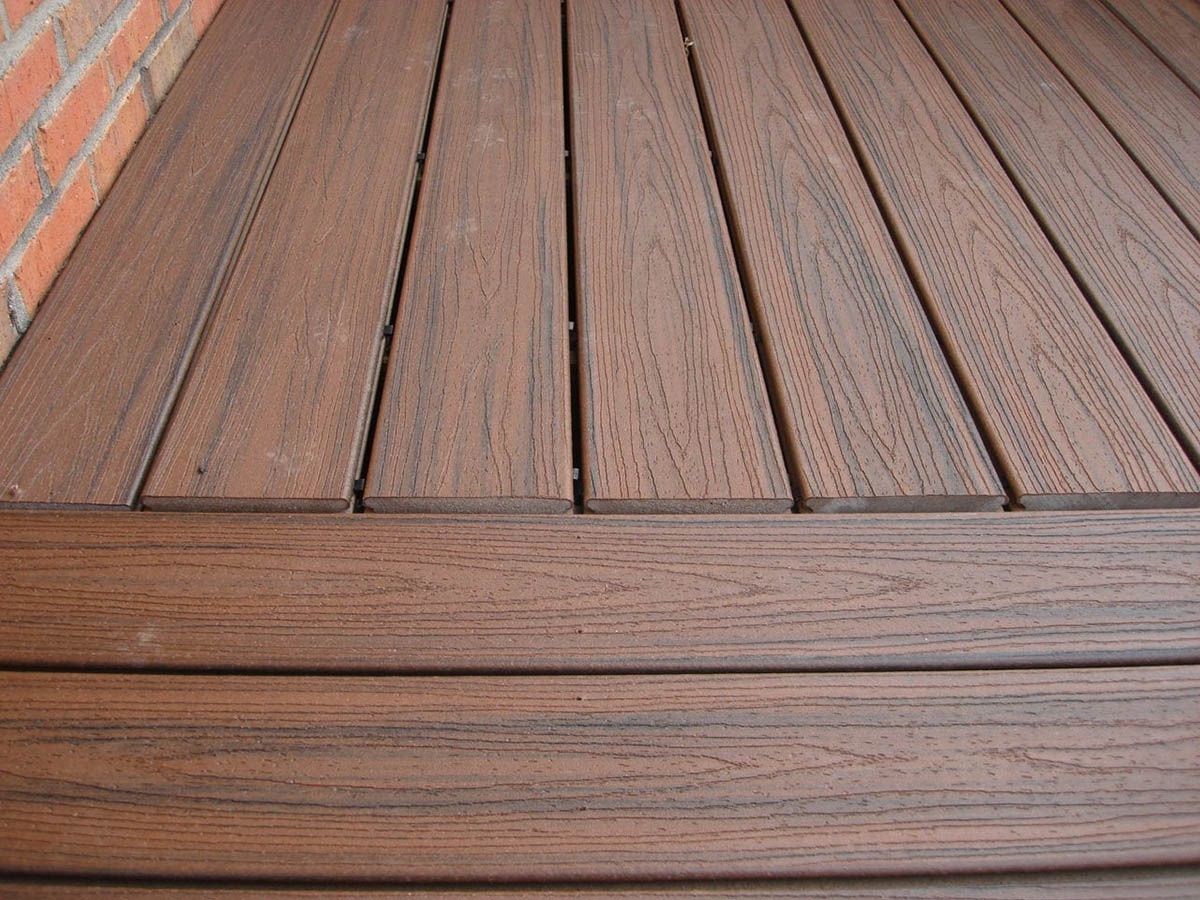
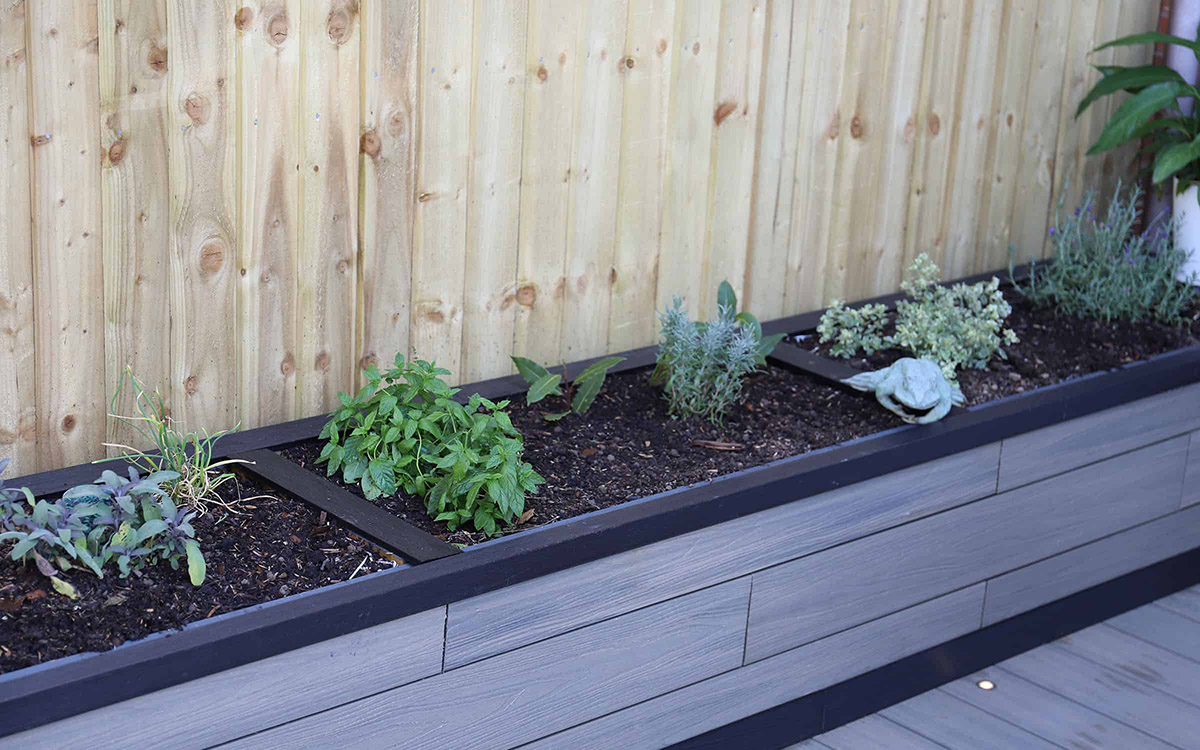
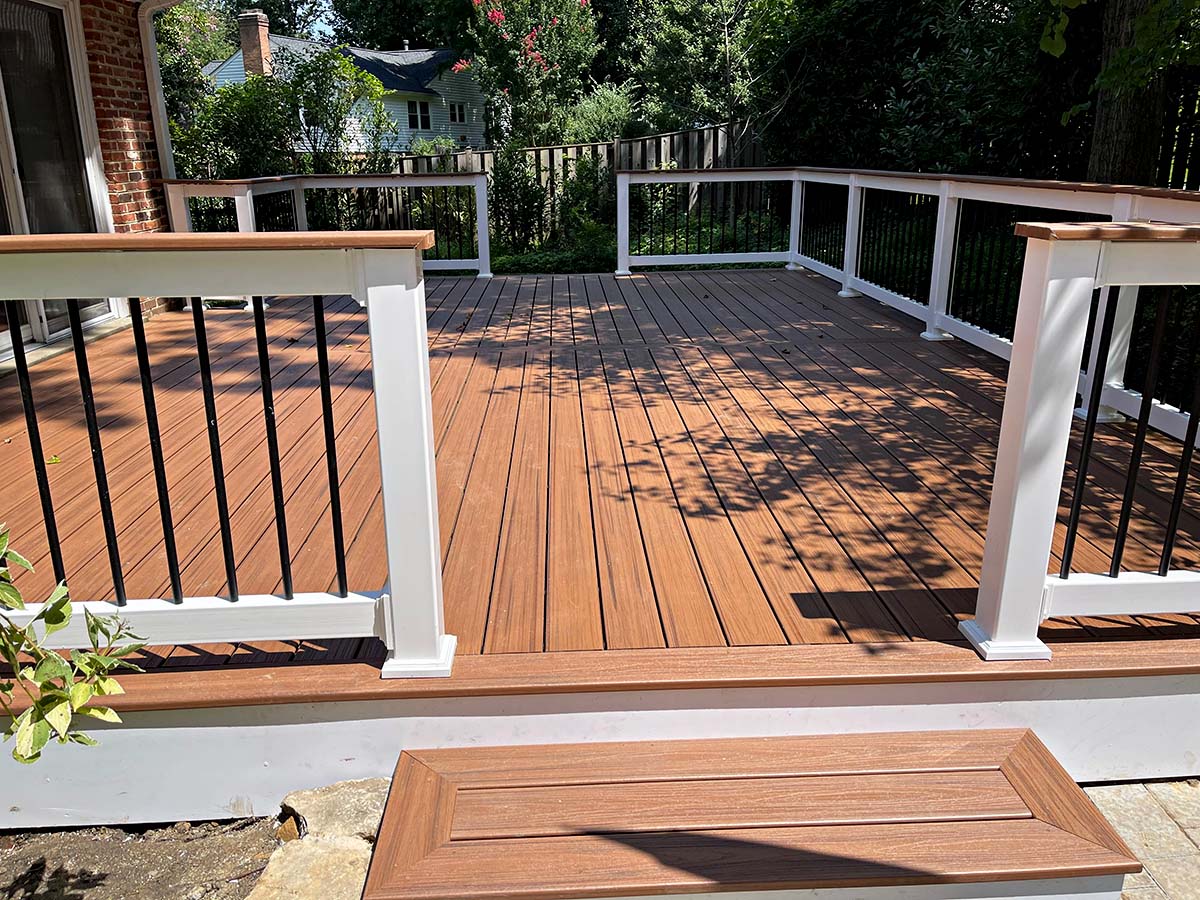
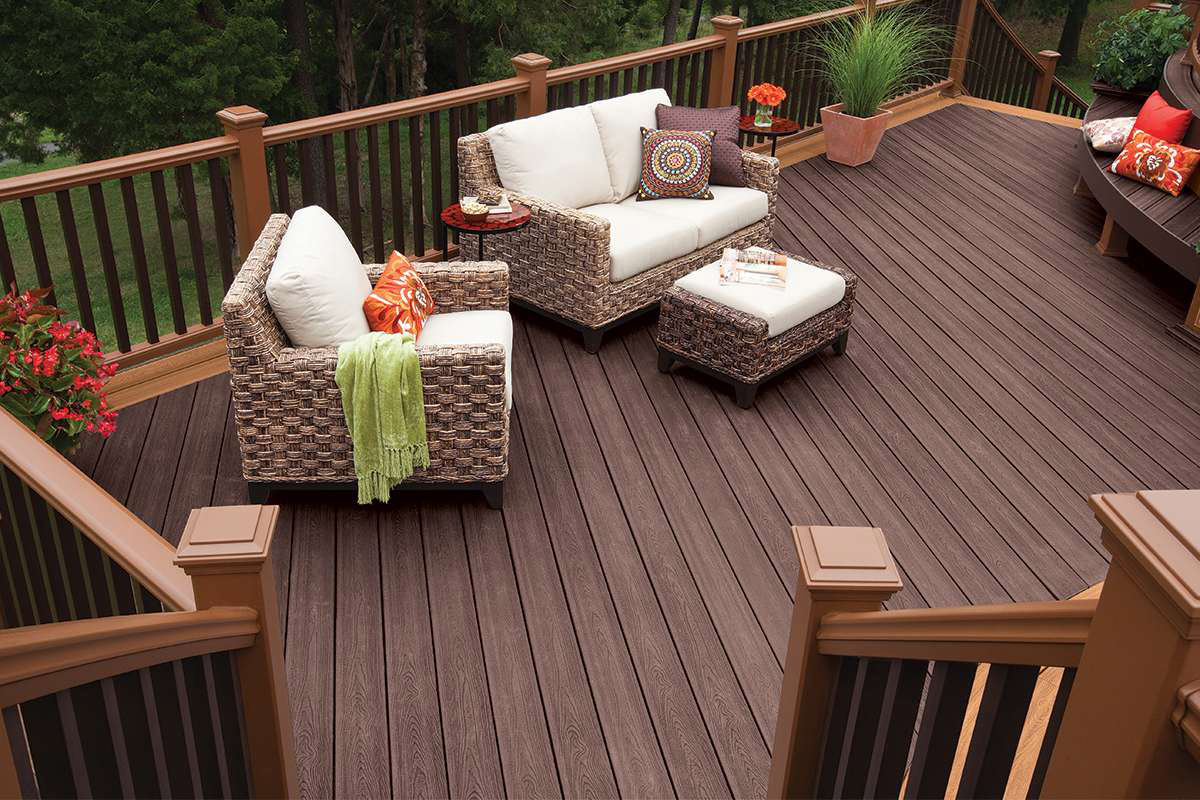
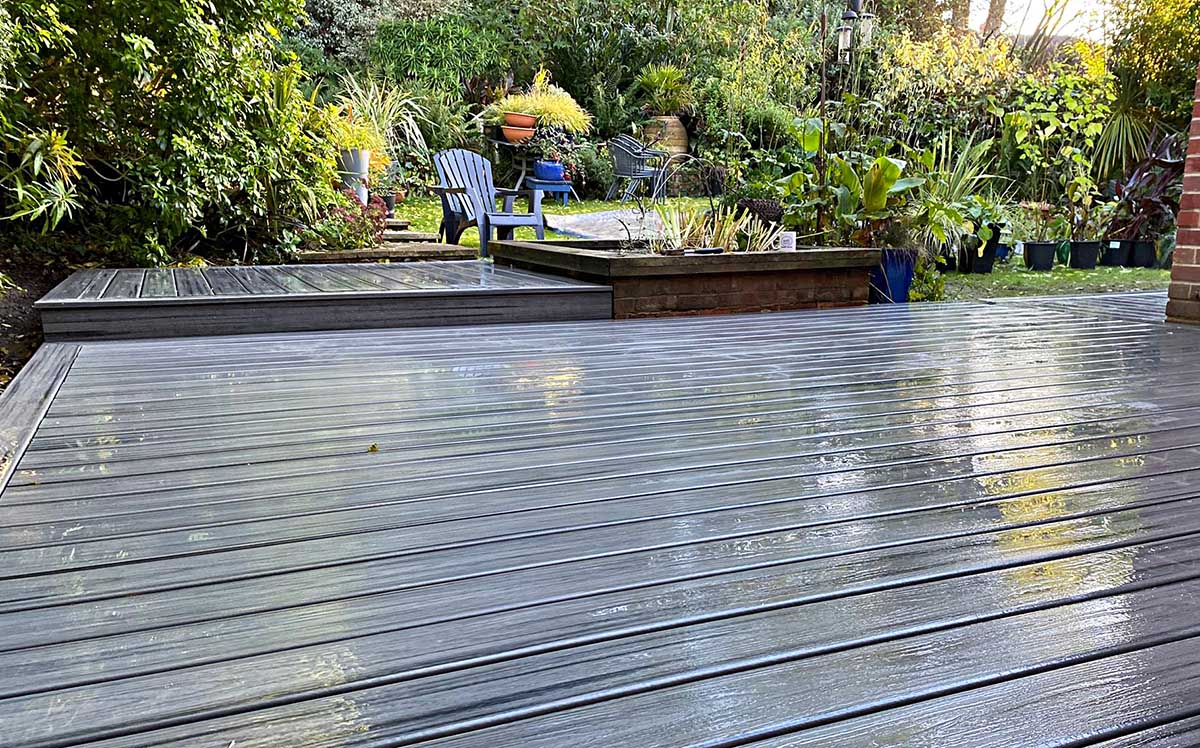
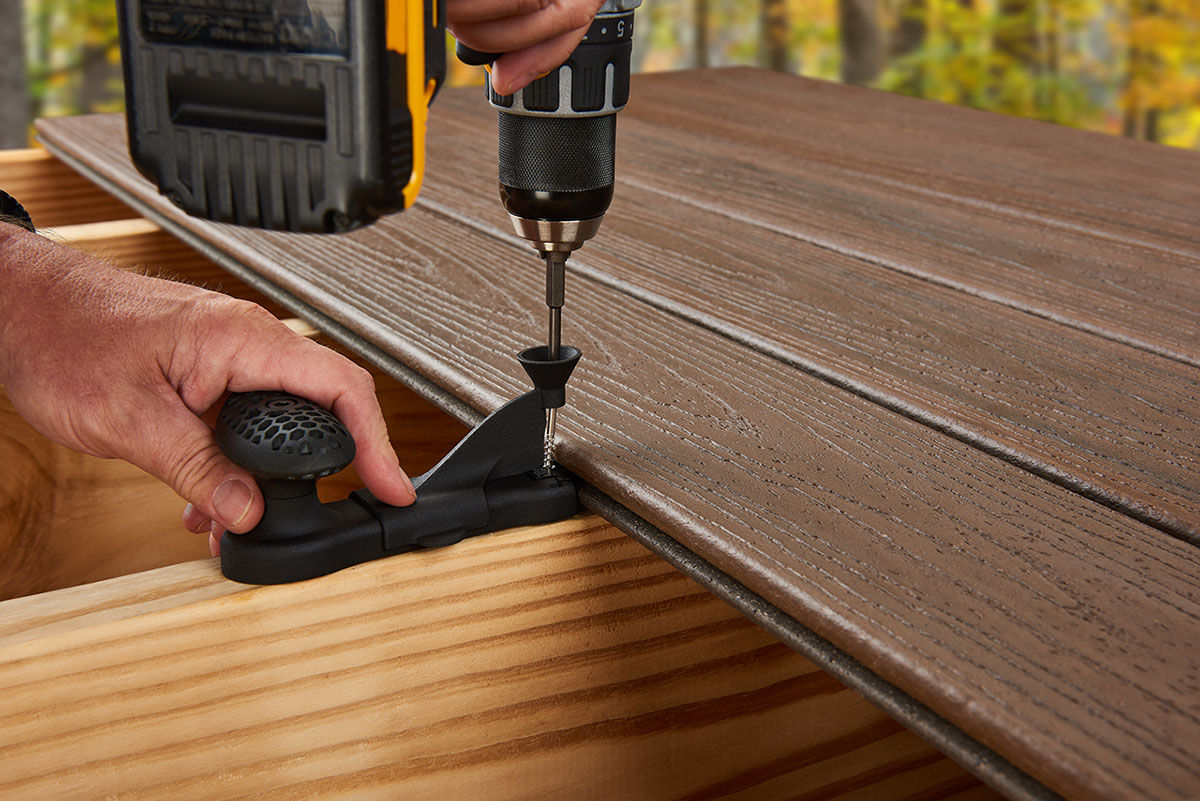
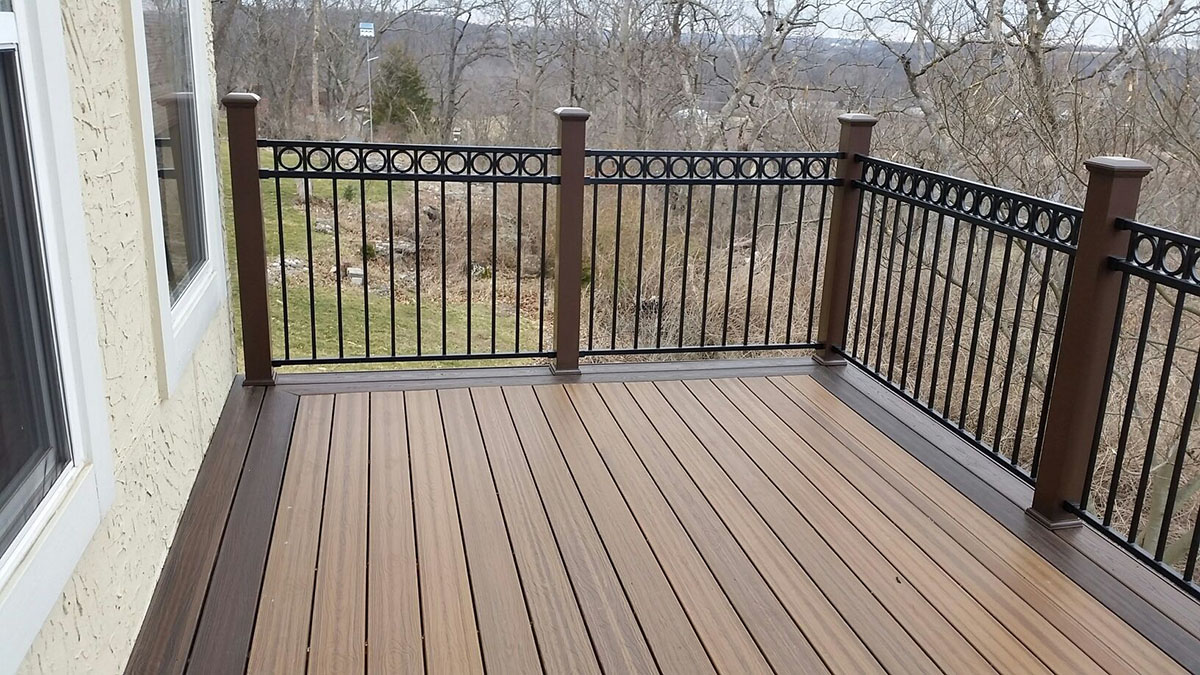
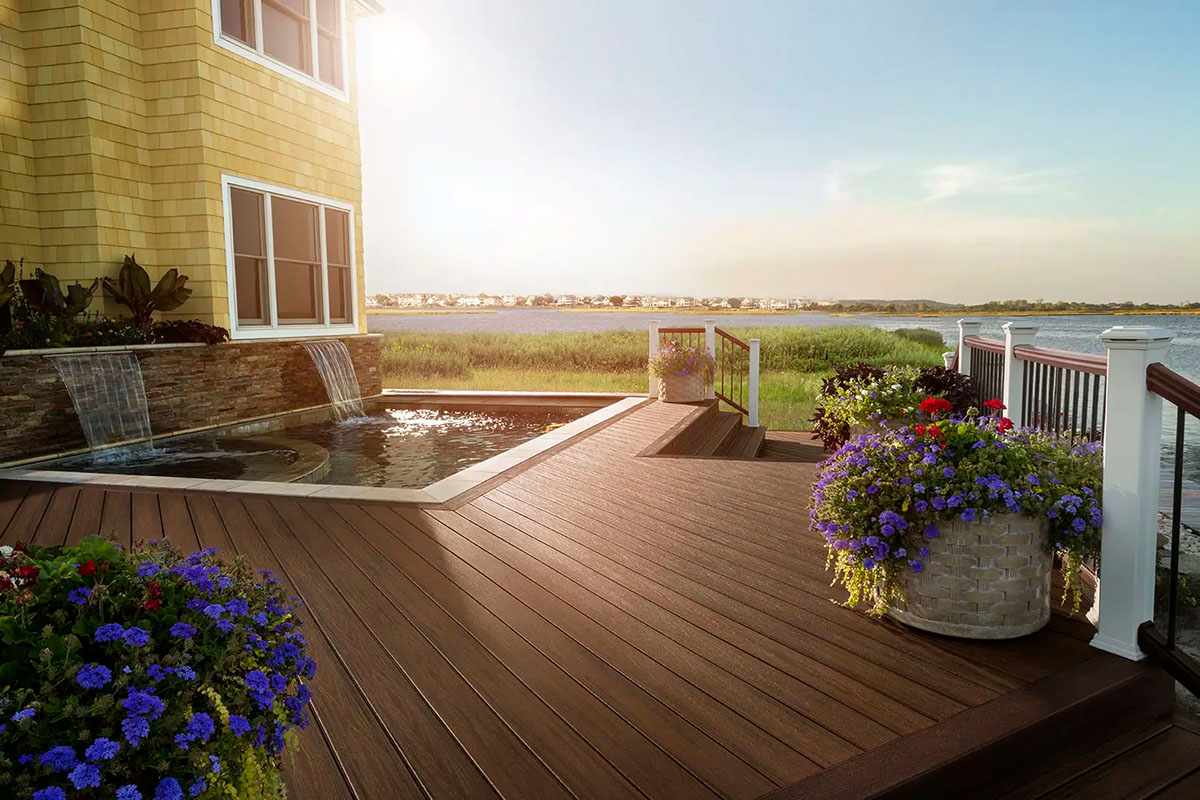
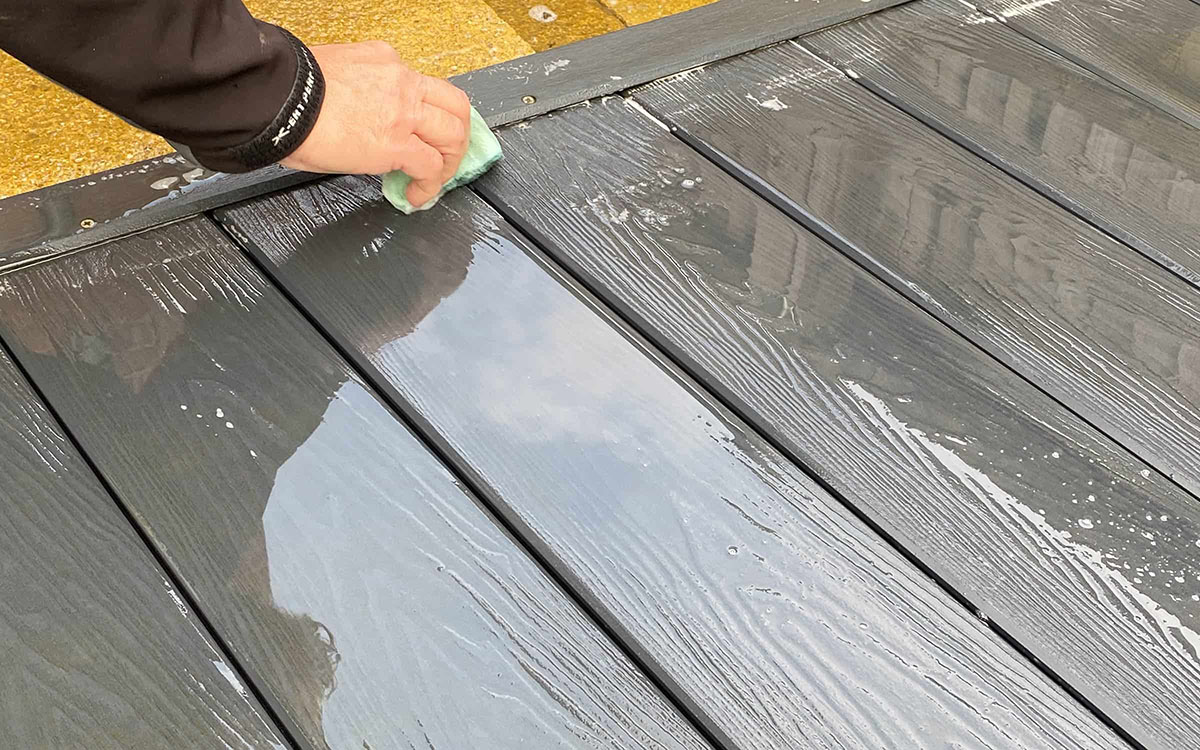

0 thoughts on “How Far To Space Trex Decking”